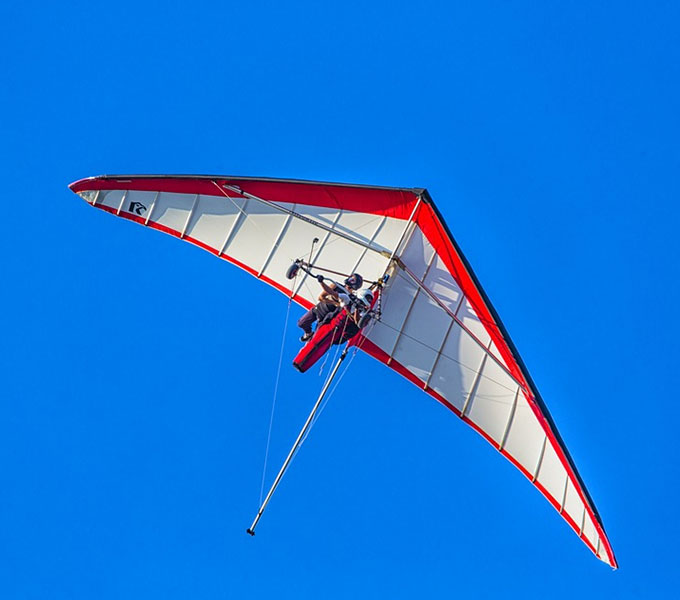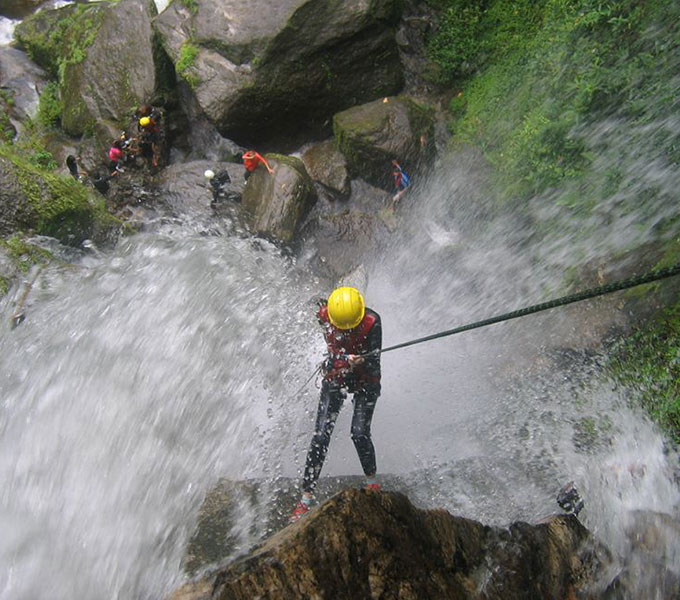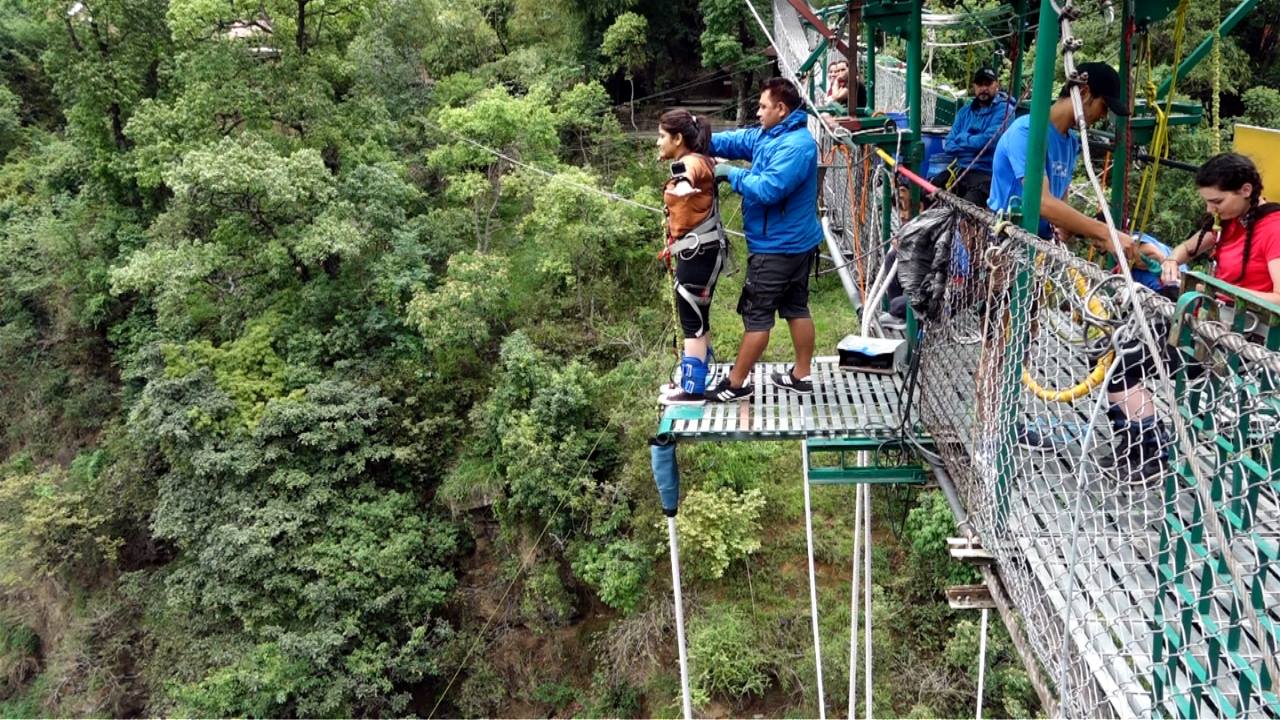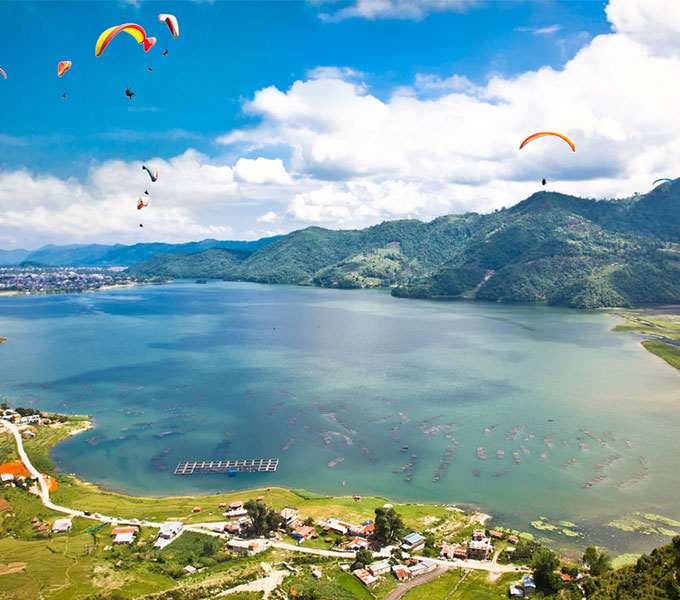- Mobile No
(+977) 9841449758 - Email
info@adventureblossomtreks.com - WhatsApp
(+977) 9841449758
UNESCO World Heritage Sites Tour
Description
UNESCO World Heritage Sites Tour in the Kathmandu Valley tour begins with UNESCO listed World Heritage sites significant for religious and historical attractions rooted in Hinduism and Buddhism. Visitors can explore the old royal palace of Kathmandu, one of the most sacred Hindu temples called Pashupatinath, and the world famous Buddhist stupas of Boudhanath and Swambhunath. In the afternoon visitors will explore two more medieval cities of Bhaktapur and Patan. All these sightseeing landmarks that we have included in this tour package will give insights into Nepali culture, customs and history. During the winter the towering snow-capped peaks in the north from the Kathmandu valley is clearly visible. This one day Kathmandu valley tour will give immense satisfaction to the visitors due to its unique cultural and religious sites exploration.
A UNESCO World Heritage Sites tour in Nepal offers an enriching journey through the country’s rich cultural and natural heritage. Nepal is home to numerous UNESCO-listed sites, including ancient temples, monasteries, and breathtaking landscapes. In the Kathmandu Valley alone, you can explore seven UNESCO sites, such as the sacred Pashupatinath Temple, the iconic Swayambhunath Stupa (also known as the Monkey Temple), and the impressive Durbar Squares of Kathmandu, Bhaktapur, and Patan. Each site reveals Nepal’s deep historical and spiritual significance, making the UNESCO World Heritage Sites tour a truly immersive cultural experience.
Beyond the Kathmandu Valley, the UNESCO World Heritage Sites tour in Nepal extends to natural wonders like Sagarmatha National Park, home to the world’s highest peak, Mount Everest. This park showcases not only the grandeur of the Himalayas but also unique biodiversity, including endangered species like the snow leopard. The serene Chitwan National Park, another UNESCO site, offers a chance to witness Nepal’s rich wildlife, including one-horned rhinoceroses, Bengal tigers, and diverse bird species. Together, these parks highlight the country’s commitment to preserving its natural beauty and ecological diversity.
A UNESCO World Heritage Sites tour in Nepal also invites travelers to visit Lumbini, the birthplace of Lord Buddha. This sacred site attracts pilgrims and history enthusiasts alike, with its peaceful monasteries, the ancient Maya Devi Temple, and the Ashoka Pillar commemorating Emperor Ashoka’s visit. Lumbini provides a serene conclusion to the UNESCO World Heritage Sites tour, offering a glimpse into the origins of Buddhism and a deep sense of spirituality that resonates throughout Nepal.
After Kathmandu Valley Tour visitors will surely perceive medieval feel of all the world heritage sites, with a much deeper understanding of the cultural and historical facts.
Itinerary
Day 1 : Full day sightseeing tour of Pashupatinath Temple, Boudhanath Stupa, Bhaktapur Durbar Square
Pashupatinath Temple: Situated 5 kilometers east of Kathmandu, Pashupatinath is one of the most sacred Hindu shrines. It is richly-ornamented pagoda-style built temple with two tied golden roof. The sacred Linga, or phallic symbol, of Lord Shiva is housed inside the temple. Buddhanath Stupa: This Stupa of Buddhanath lies eight kilometers east of Kathmandu. This colossal and age-old Stupa is one of the worth-visiting in the world. The Stupa is flanked by many other small Stupa, Buddha statues and many prayer flags. In the early morning and late afternoon one can see many Buddhist people walk around the Stupa which is literally termed as Kora (clockwise around the Stupa). Here many Buddhist festivals are celebrated year round and daily one can hear the monks from the Monasteries chanting hymns or blowing their horns. Bhaktapur Durbar Square In Bhaktapur you will visit the National Art Gallery—the museum, Taleju Temple, a number of artistically designed chowks (courtyards) including the Royal Bath, Yaksheswor Mahadev Temple, Siddhi Laxmi Temple, Indrayani Temple, Balakhu Ganesh Temple, Tripura-sundari Temple.
Kathmandu Durbar Square Durbar literally means Palace located in the heart of old city of Kathmandu in Basantapur. There are approximately 50 temples in the vicinity of Kathmandu Durbar Square. The Durbar is divided into two courtyards, the outer comprising Kasthamandap, Kumari Ghar, and Shiva-Parvati Temple, and the inner consisting of Hanuman Dhoka and the main palace. Most parts of the palace premise are open for tourists throughout the year. Swayambhunath Stupa Swayambhunath Stupa is believed to have been established more than 2,500 years ago. An inscription dated 460 A.D. states that the construction was carried out by King Manadeva. By the thirteenth century Swoyambhunath had developed into an important Buddhist learning site. Statues and shrines of Buddhist and Hindu deities are found in the Stupa complex. Large numbers of Buddhists and Hindus alike visit Swoyambhunath Patan Durbar Square This ancient city is particularly famous for exceptional ancient craftwork. Patan Durbar Square, is listed in a UNESCO World Heritage Site. Here you will visit narrow stone paved streets flanked by closely built traditional houses, Buddhist and Hindu shrines. While on sightseeing you can watch artisans carving woods and making earthen pots.
Include
- Pick up and drop ( hotel to hotel)
- 2 days full day sightseeing tour in Kathmandu valley with an English speaking city guide
- Private land transportation during sightseeing tour
- Monuments entrance fees during sightseeing
- Kathmandu valley city map
Exclude
- Nepal entry Visa fee
- Lunch and dinner
- Drinks & Beverage
- Personal expenses (phone calls, bottled or boiled water, drinks etc
- Personal travel and health insurance
- Tips for guide & Driver







